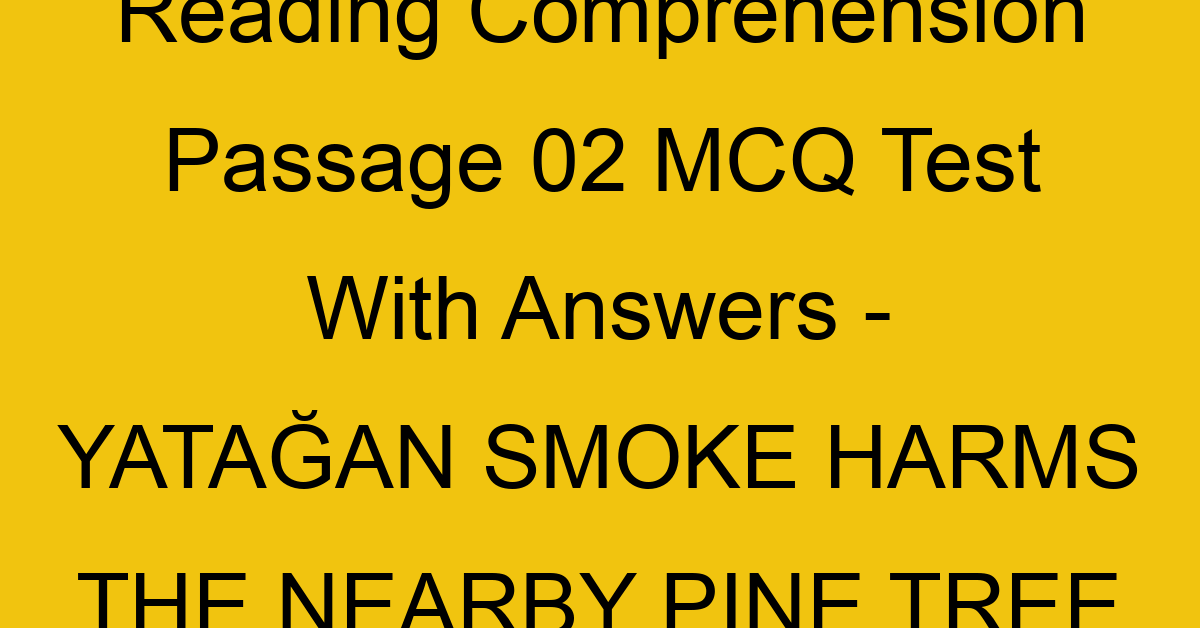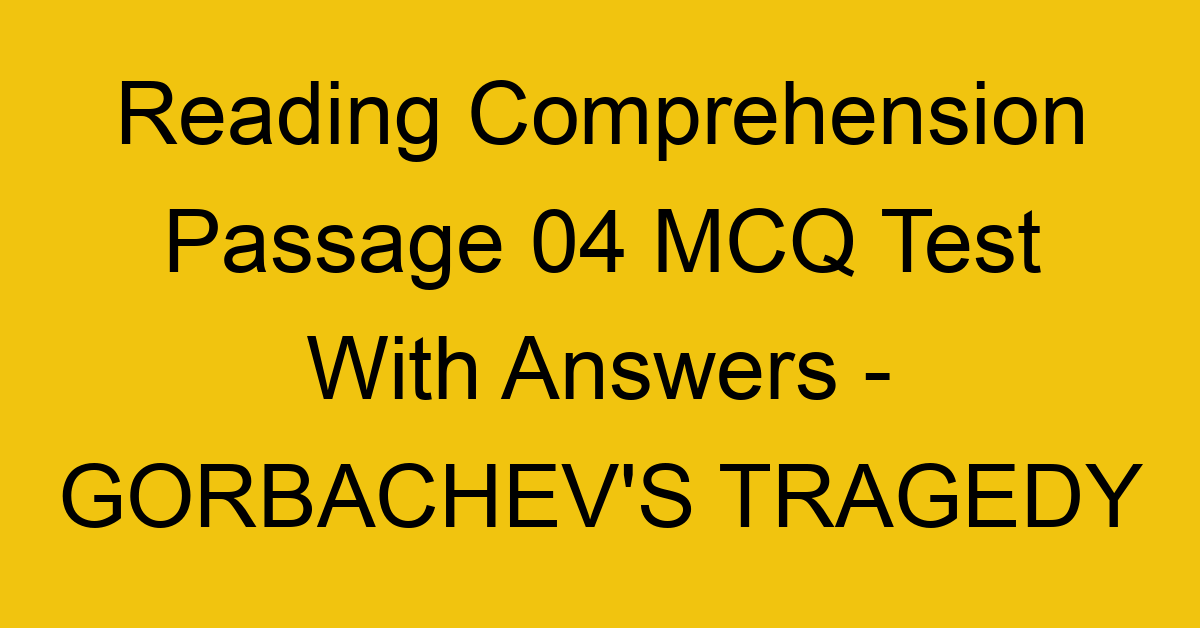Questions must be answered on the basis of what is stated or implied in the passage itself, and not on the basis of what you may know independently about the subject matter.
Reading Comprehension Passage 01 MCQ Test
Question 1 |
(Please note: The following questions are related to a specific reading passage, which is available solely before the first question. Remember, it may be helpful to refer back to the reading text while answering the questions to ensure accuracy.)
RURAL WORLD NOW AN URBAN ONE
Among all the Third World cities, only Shanghai boasted a population of full five million souls in 1950. According to an estimate by the United Nations population specialists, however, there will be no less than forty-five such supercities in the poorer half of the world by the year 2005.
London, meanwhile, will have fallen from the once prestigious position of being the second-largest in the world to the extremely modest position of being number twenty-seven down the line.
If current trends continue, the metropolitan area of Mexico City, today with about seventeen million people and ahead of Tokyo as the world's most populous centre, will reach twenty-six million by 2005. Sao Paulo will be right behind at twenty-four million.
Life, in metropolitan areas of such immense proportions, is compressed and miserable. Already in some districts of Cairo and Djakarta, as many as two to three hundred thousand people are jammed into every single square mile. This is four times the population density of comparable towns in the West.
"Stabilization of global population is still virtually a century away," writes a noted urbanologist: "Before zero population growth is achieved, therefore, cities could come to resemble insect colonies rather than human habitats."
In 1950, Shanghai
A | was the only city with a population of five million. |
B | took its place among the Third World cities with a population of five million souls. |
C | had a population of no less than five million. |
D | was the most congested city among all the Third World cities. |
E | was the only Third World city in the world. |
Question 2 |
By the year 2005,
A | London will have become a crowded and miserable Third World city. |
B | conditions will be much worse in the Third World than they are today. |
C | there will be altogether forty-five supercities in the world. |
D | London will have become an extremely modest supercity down the line of twenty-seven such supercities in the Third World. |
E | no city with a population of under five million souls will be considered suitable for human habitation. |
Question 3 |
By 2005, Mexico City will
A | be just ahead of and be closely followed by Sao Paulo. |
B | be second to Tokyo, as the world's most populous centre. |
C | have already started an inevitable downward trend in population. |
D | have become an urbanized and uncongested provincial centre. |
E | take its place between Tokyo and Sao Paulo population-wise. |
Question 4 |
Life in such metropolitan areas
A | offers many more opportunities for the citizens collectively. |
B | cannot be argued to lead to much happiness. |
C | ought not to be compared to the conditions in Cairo or Djakarta. |
D | is undoubtedly four times better than it is in the Third World. |
E | becomes compressed into an area of a single square mile. |
Question 5 |
The closing statement means:
A | In any case, any human habitat is rather like an insect colony. |
B | World population will stabilize no earlier than the middle of the next century. |
C | Stabilization of global population would can only be achieved within a period of one hundred years, whatever the conditions are. |
D | Zero population growth is obviously desirable from the viewpoint of the urbanologist quoted in the passage. |
E | Many urbanologists are quite content about the way the things are going. |
⇦ |
List |
⇨ |
| 1 | 2 | 3 | 4 | 5 |
| End |





